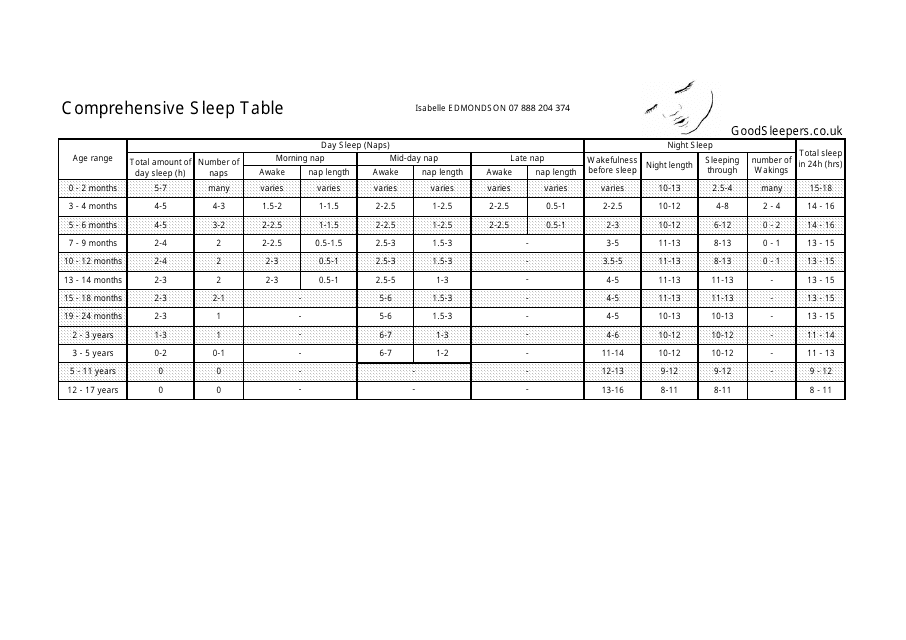Free Newborn Sleep Chart Templates
Newborn Sleep Chart: What Is It?
A Newborn Sleep Chart refers to a detailed record of various sleep-related information - the sleep pattern of the child, the number of naps they take during the day, and the amount of time it takes to put them to bed.
Alternate Names:
- Baby Sleep Schedule;
- Newborn Sleep Cycle Chart;
- Newborn Sleep Schedule Chart;
- Newborn Sleep Pattern Chart.
This instrument will come in handy for parents that worry about the chaotic sleeping schedule of their babies or moms and dads that just want to know if their child is getting an adequate amount of sleep for their age group. It is not a secret that sleep is essential for brain development and physical growth so do your best to monitor the time your newborn spends asleep and learn about possible discrepancies and issues in their behavior.
For a full list of Newborn Sleep Chart templates please check out our library below.
How Much Should a Newborn Sleep?
Newborn babies are expected to sleep around 14-17 hours within the 24 hours of the day; however, it is all right if your newborn sleeps up to 22 hours considering the child is going to wake up often to eat. Remember that most parents are advised to wake their babies up to feed them in case the newborn sleeps for longer stretches of time during the first few weeks of their lives, so at first, it will be hard for both of you to maintain any sensible sleep schedule. Later, when the baby gains weight, you will establish a pattern that works well for the child and the parents.
Here are some tips that will help your newborn to sleep longer and stay healthier:
-
Create a routine for the baby - there should be familiar rules and habits the child will naturally associate with bedtime. Whether you are bathing them, changing diapers, or using white noise machines as a sound cue, a proper schedule will be the signal that means it is time to sleep.
-
Make sure the child is comfortable in their bed - and definitely do not put them in your own. Opt for a bassinet or crib, do not put too many clothes on the newborn, and check whether the surface of the bed or mattress is firm and flat.
-
Get blackout curtains for the room where the baby is supposed to sleep during the day or night - the dark room with all the light blocked will prevent the overstimulation of your child and show them the difference between the hours to be awake or asleep.
-
Regularly fill out a Newborn Sleep Pattern Chart. It is recommended to regulate the timing of bedtime even though it will be hard at first - there are many factors that will impact the quality of sleep, and every child is different when it comes to developing circadian rhythms. A tool that contains your observations regarding the duration of their naps and significant variables like feeding times will help you to streamline their bedtime routine and get enough rest that new parents need and deserve.
Haven't found the template you're looking for? Take a look at the related templates below:
Documents:
2
This document provides a helpful chart outlining sleep patterns and recommendations for infants. It offers guidance on how many hours they should sleep and how to establish a healthy sleep routine.
This document provides a table to help parents monitor and track their child's sleep patterns. It includes information on recommended sleep durations for different age groups, allowing parents to ensure their child is getting enough rest.


